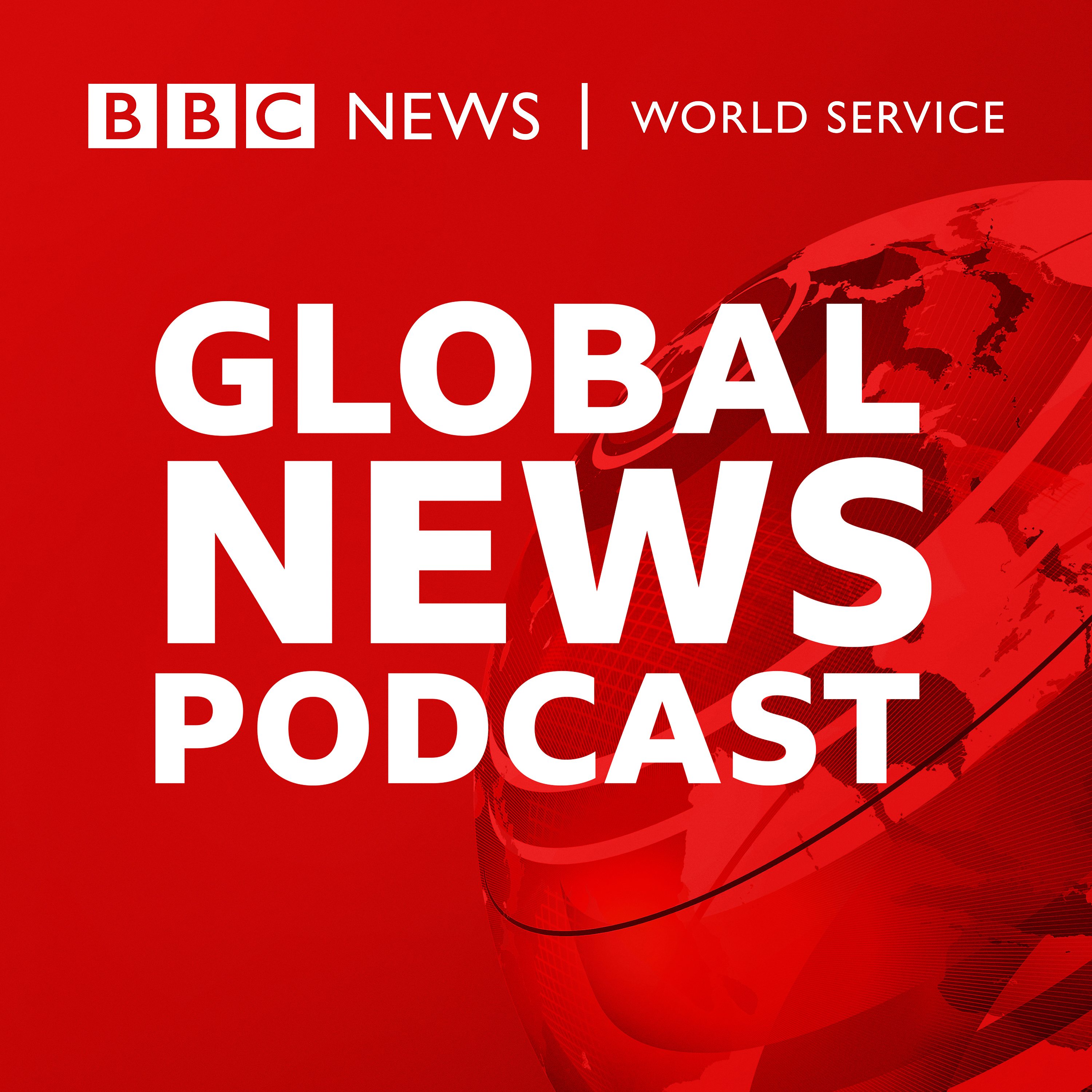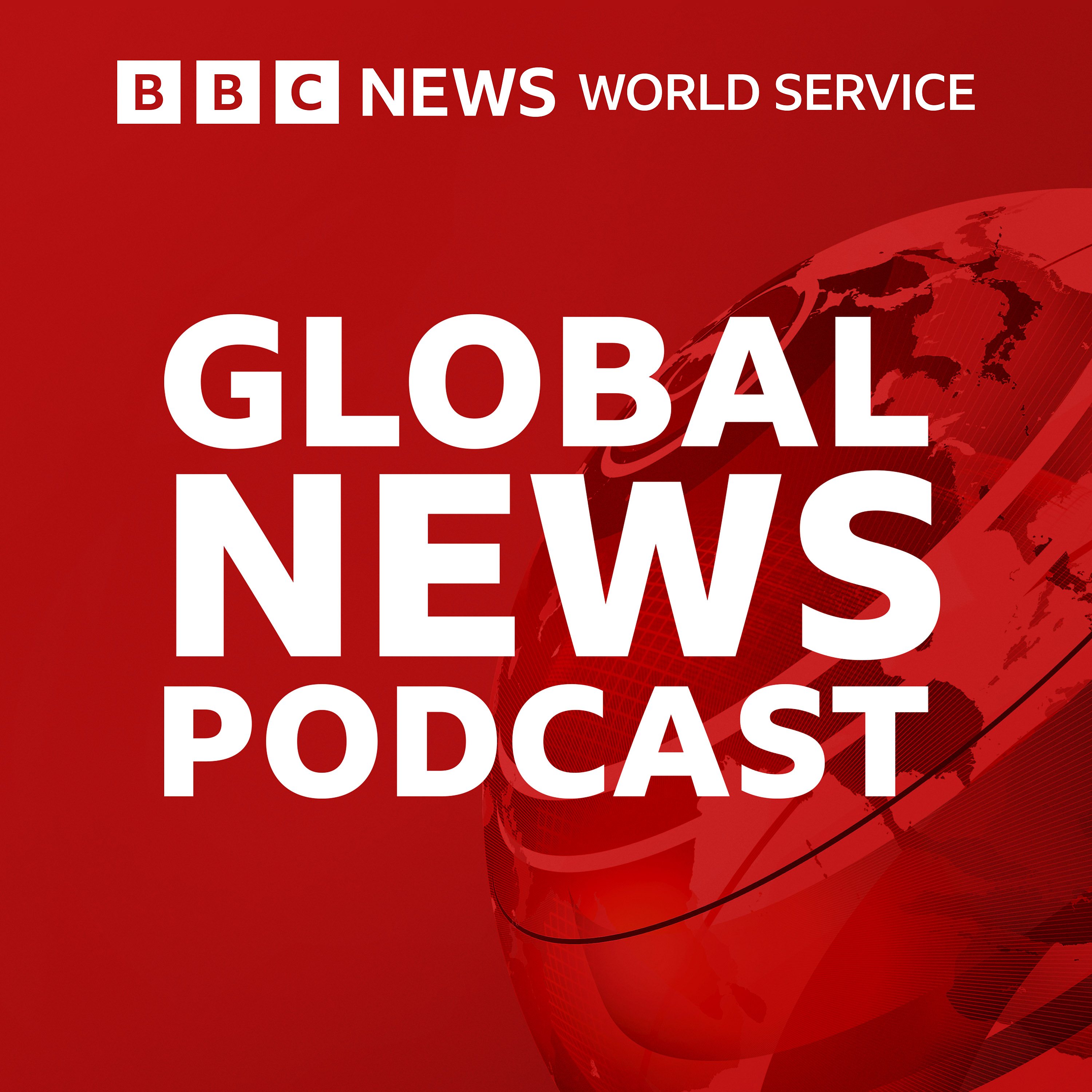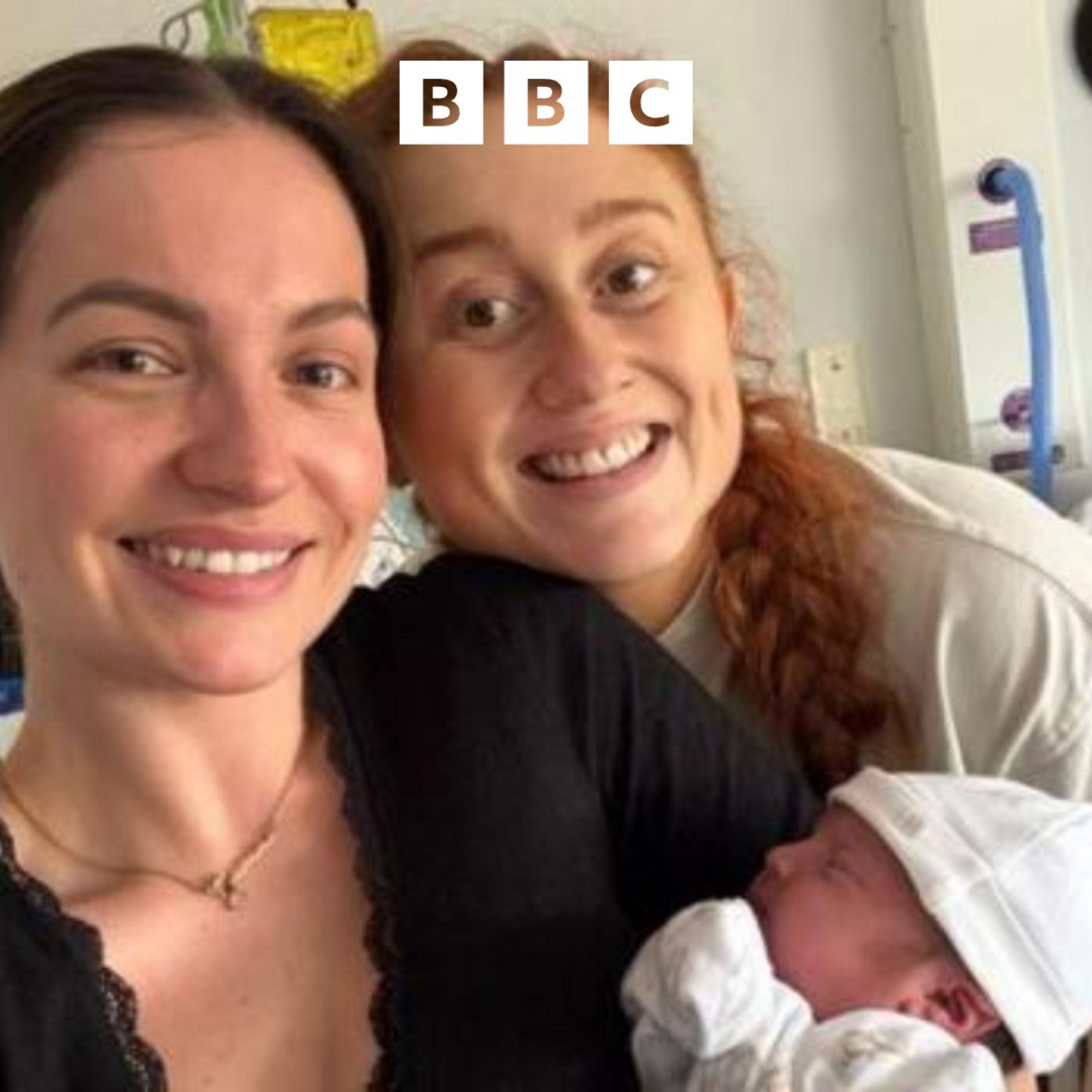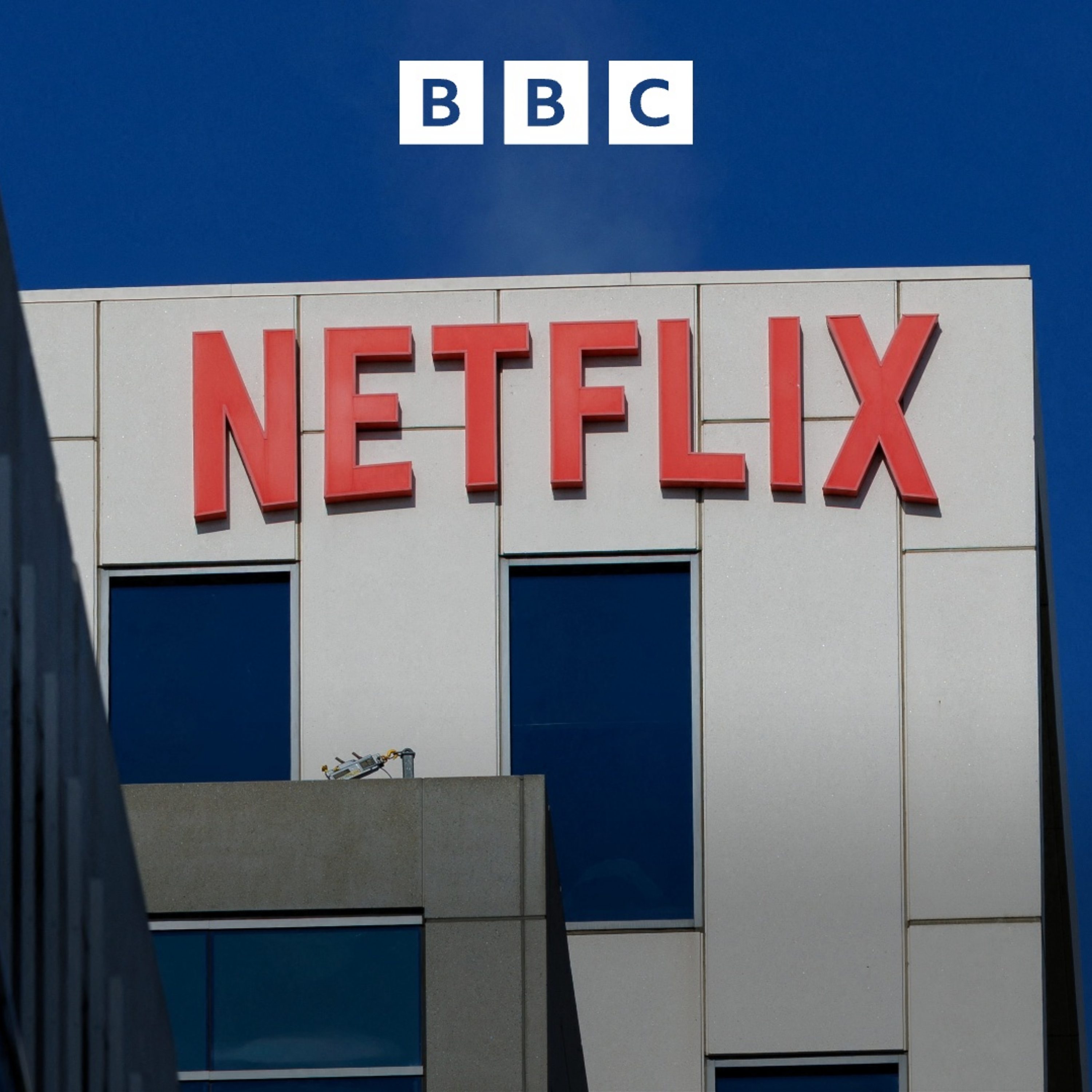Zelensky says Russian attacks ongoing despite Putin announcing 'Easter truce'
The Ukrainian President, Volodymyr Zelensky says Ukraine is prepared to join Russia in observing an Easter ceasefire, but insists that Moscow's forces are still attacking. Also: scientists say they've discovered 'new colour' no one has seen before.
Press play and read along
Transcript
Transcript is processing—check back soon.
Global News Podcast — Zelensky says Russian attacks ongoing despite Putin announcing 'Easter truce'



